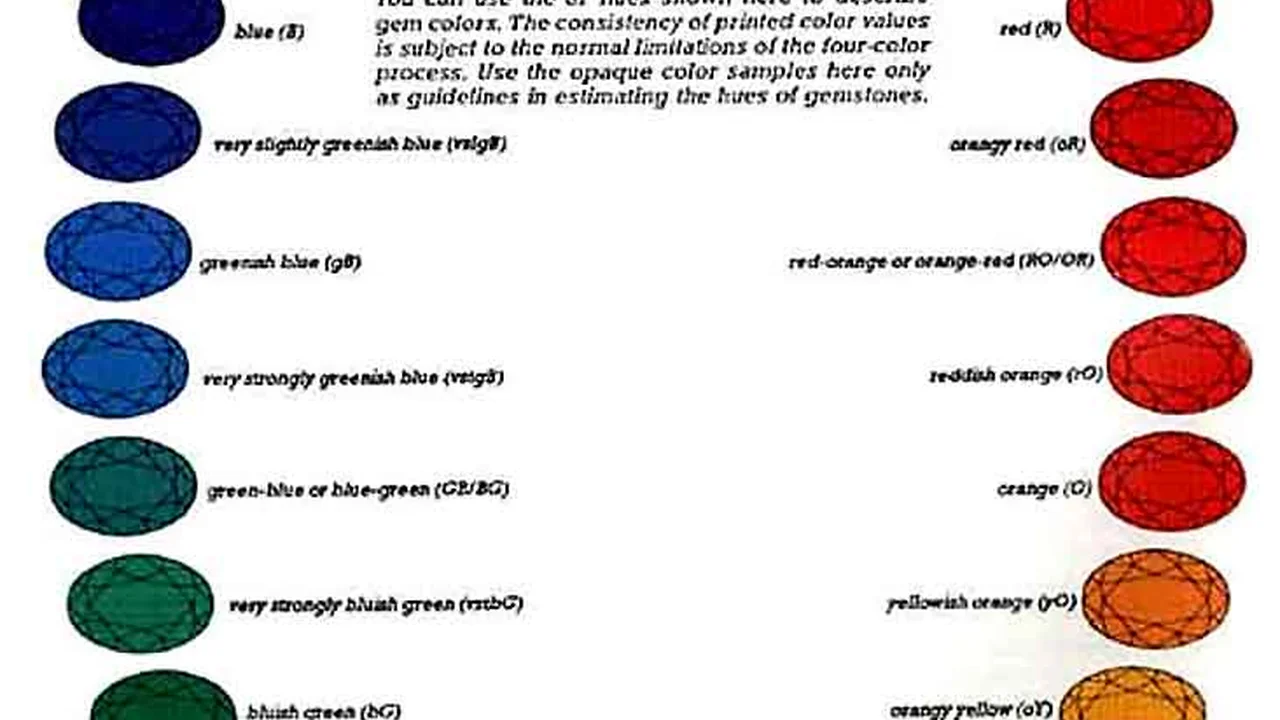5 Emerging Colored Gemstones to Watch in the Southeast Asian Market
Discover 5 emerging colored gemstones to watch in the Southeast Asian market. Identify new investment opportunities and diversify your portfolio.

Introduction to Emerging Gemstones in Southeast Asia
Hey there, gemstone enthusiasts! Southeast Asia is a treasure trove of vibrant cultures and, you guessed it, stunning gemstones. While sapphires, emeralds, and rubies often steal the spotlight, there's a whole world of lesser-known gems poised to make a splash in the investment scene. We're diving into five emerging colored gemstones that are catching the eye of savvy investors in the region. Forget sticking to the usual suspects – let's explore some fresh, exciting options!
Spinel: The Ruby's Deceptive Cousin - Investment Potential and Market Analysis
First up is Spinel. For centuries, Spinel was often mistaken for ruby, even adorning royal crowns! But don't let its history of mistaken identity fool you. Spinel is a distinct gemstone with its own unique charm and increasingly recognized value. It comes in a range of colors, from fiery reds and oranges to vibrant pinks and blues.
Investment Potential: Spinel's value is steadily climbing as more people recognize its beauty and rarity. Fine red and pink spinels, particularly those from Myanmar (Burma), are highly sought after and can fetch impressive prices. The key here is to look for stones with excellent clarity, vivid color, and a well-proportioned cut.
Market Analysis: The demand for Spinel is growing, especially in Southeast Asia, where consumers are increasingly drawn to unique and ethically sourced gemstones. Spinel offers a great alternative to ruby, often at a more accessible price point. Keep an eye on the Myanmar Spinel market, as stones from this region are considered top-tier.
Tourmaline: A Rainbow of Possibilities - Investment Strategies and Color Variations
Next, we have Tourmaline. If you're looking for variety, Tourmaline is your gem! This gemstone boasts an incredible spectrum of colors, from deep greens and blues to vibrant pinks and watermelon hues (yes, really!). Each color variation has its own appeal and investment potential.
Investment Strategies: Certain Tourmaline varieties command higher prices than others. Paraiba Tourmaline, known for its neon blue and green hues, is particularly prized and can be incredibly valuable. Rubellite (red Tourmaline) and Indicolite (blue Tourmaline) are also popular choices. Consider investing in these rarer and more vibrant colors for optimal returns.
Color Variations: The key to investing in Tourmaline is understanding the nuances of color. Look for stones with intense, saturated colors and good clarity. Watermelon Tourmaline, with its distinct pink center and green rim, is a unique and eye-catching option for collectors.
Product Recommendation: A Paraiba Tourmaline pendant set in white gold. The neon blue color is striking, and the white gold setting enhances its brilliance. Expect to pay upwards of $5,000 - $20,000 depending on the size and quality of the stone.
Garnet: Beyond the Basic Red - Exploring Different Garnet Species for Investment
Garnet often gets a bad rep for being a 'cheap' gemstone, but that's only because most people are familiar with the common red variety. The Garnet family is actually incredibly diverse, with species like Tsavorite Garnet (vibrant green) and Spessartine Garnet (fiery orange) offering exciting investment opportunities.
Exploring Different Garnet Species: Tsavorite Garnet, with its lush green color, is a popular alternative to emerald and can be quite valuable, especially in larger sizes. Spessartine Garnet, with its intense orange hue, is another gem gaining popularity. Demantoid Garnet, known for its exceptional brilliance and 'horsetail' inclusions, is a rare and highly sought-after variety.
Investment Considerations: When investing in Garnets, focus on the rarer species like Tsavorite, Spessartine, and Demantoid. Look for stones with vivid color, good clarity, and a well-proportioned cut. Be aware of treatments, as some Garnets are heat-treated to enhance their color.
Product Recommendation: A Tsavorite Garnet ring in platinum. The vibrant green color is captivating, and the platinum setting adds a touch of luxury. Price range: $3,000 - $10,000 depending on the size and quality.
Zircon: Not Just a Diamond Substitute - High Refractive Index and Color Variety
Zircon is often confused with cubic zirconia (a synthetic diamond simulant), but it's a completely different gemstone with its own unique properties. Zircon has a high refractive index, meaning it sparkles brilliantly, and it comes in a variety of colors, including blue, white, yellow, and brown.
High Refractive Index and Color Variety: Blue Zircon is the most popular and valuable variety, particularly those with a vivid, saturated blue color. White Zircon can be used as a diamond alternative, but it's important to note that it's not as durable. Other colors, like yellow and brown, offer more affordable options.
Investment Potential: While Zircon isn't as valuable as some other gemstones, it offers a good entry point for investors looking to diversify their portfolio. Blue Zircon, in particular, is gaining popularity and its value is steadily increasing. Look for stones with excellent clarity, a well-proportioned cut, and a vivid blue color.
Product Comparison: Blue Zircon vs. Blue Topaz. Both are beautiful blue gemstones, but Zircon has a higher refractive index, giving it more sparkle. Blue Topaz is generally more affordable, but Zircon is rarer and potentially more valuable in the long run.
Peridot: The Evening Emerald - Historical Significance and Modern Appeal
Finally, we have Peridot. This olive-green gemstone has a rich history, dating back to ancient Egypt. It was even believed to ward off evil spirits! Peridot is known for its vibrant green color, which remains consistent even under artificial light, earning it the nickname 'Evening Emerald.'
Historical Significance and Modern Appeal: Peridot has been prized for centuries, and it continues to be a popular gemstone in modern jewelry. Its vibrant green color is eye-catching and versatile, making it a great choice for a variety of settings.
Investment Considerations: When investing in Peridot, look for stones with a rich, olive-green color and good clarity. Larger stones are more valuable, but even smaller Peridots can be a good investment if they possess excellent color and clarity. Peridot is relatively affordable compared to other gemstones, making it a good entry point for new investors.
Product Recommendation: Peridot earrings in sterling silver. The bright green color complements the silver setting, creating a stylish and affordable piece. Price range: $100 - $500 depending on the size and quality.
Sourcing and Authenticity: Crucial Considerations for Gemstone Investors
No matter which gemstone you choose to invest in, sourcing and authenticity are paramount. Always buy from reputable dealers who can provide certification from recognized gemological laboratories like GIA (Gemological Institute of America) or AGS (American Gem Society). This will ensure that you're getting a genuine gemstone and that its quality is accurately assessed.
The Future of Colored Gemstone Investing in Southeast Asia
The Southeast Asian market for colored gemstones is booming, driven by a growing middle class and an increasing appreciation for unique and ethically sourced gems. By exploring these emerging gemstones, you can diversify your portfolio and potentially reap significant rewards. So, do your research, consult with experts, and get ready to discover the hidden treasures of the gemstone world!
:max_bytes(150000):strip_icc()/277019-baked-pork-chops-with-cream-of-mushroom-soup-DDMFS-beauty-4x3-BG-7505-5762b731cf30447d9cbbbbbf387beafa.jpg)






